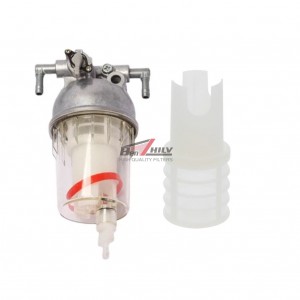Before installing a filter, it is important to carefully select the type of filter that suits your specific needs. There are various types of filters available in the market such as cartridge filters, bag filters, basket filters, and screen filters. Each type has its own set of advantages and can be used in different applications. Once the filter type has been chosen, the next step is to install it correctly.
Filter installation involves various steps such as connecting the filter to the pipeline, ensuring proper alignment and orientation, and verifying the flow rate and pressure drop. It is important to follow the manufacturer’s instructions and use proper tools for installation to avoid damage to the filter and other components.
Once the filter has been installed, the next step is to perform debugging to ensure that it is working properly. Debugging involves checking for leaks, ensuring proper flow rate and pressure drop, and checking the filtration efficiency. It is important to carry out debugging regularly to identify any issues and resolve them before they cause major problems.
Filter debugging can be carried out using various methods such as visual inspection, pressure and flow rate measurements, particle counting, and particle analysis. These methods help to identify any issues such as clogged filters, damaged seals, or improper installation. Once the issues are identified, appropriate action can be taken to resolve them.
In conclusion, filter installation and debugging are crucial tasks that need to be performed to ensure the proper functioning of your filtration system. Careful selection of the filter type, proper installation, and regular debugging will help to ensure efficiency and longevity of your filtration system.
OEM Cross Reference
| Item Number Of Product | BZL--ZX | |
| Inner box size | CM | |
| Outside box size | CM | |
| Gross weight of the whole case | KG | |
| CTN (QTY) | PCS |
Products categories
-

Phone
-

E-mail
-

Whatsapp
whatsapp

-

Whatsapp
whatsapp

-

Top










